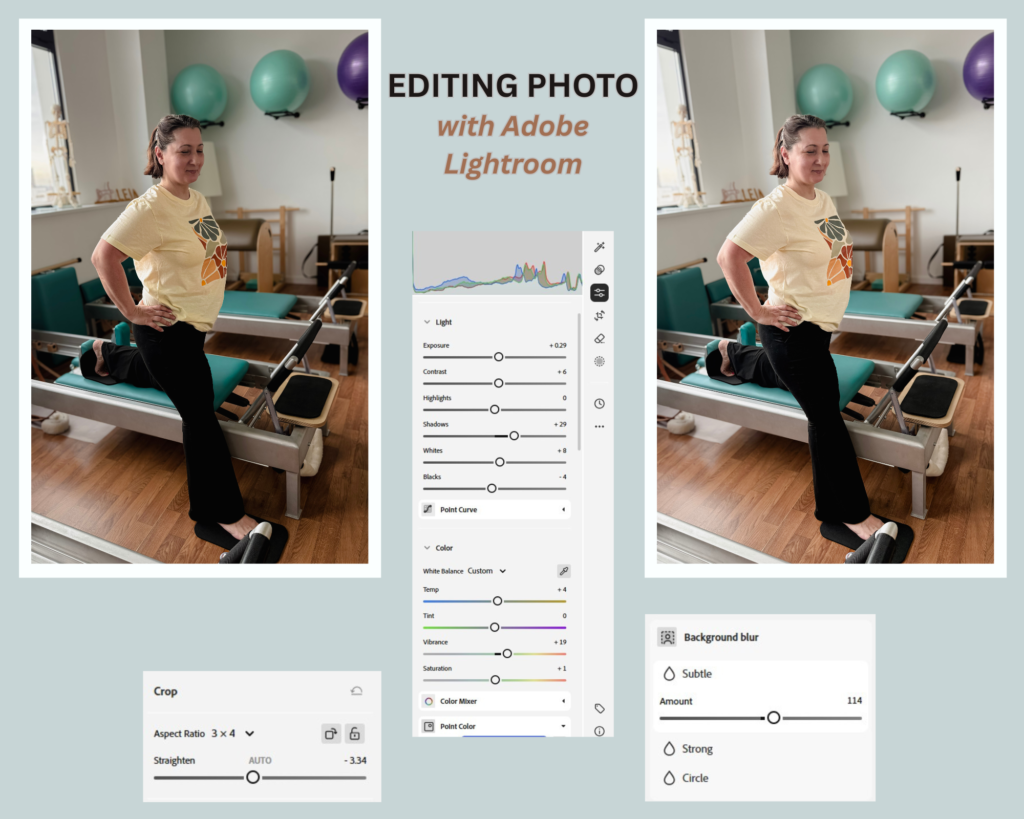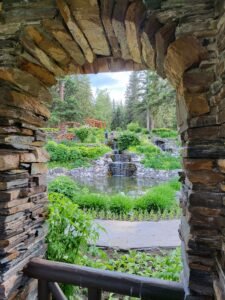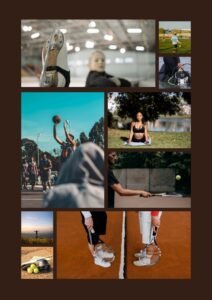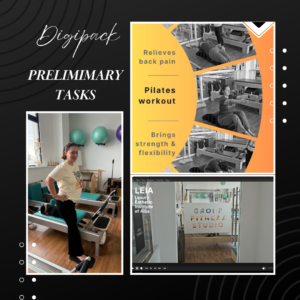Step 1 - Filming and Photo-shooting
I started to attend some of my mom’s Pilates classes to film and make plenty of photos in order to get enough material to select from.
It was a bit more challenging than expected, as the Pilates studio was filled with special apparatuses (reformer, cadillac, barrel, chair, etc.), so it was very difficult to find a good spot to film or to get photos without having to accept a certain degree of compromise to the composition of my shots and clips. Moreover, 2 walls were covered in mirrors so that the class participants could check their posture, which brought a further limitation for me in positioning my camera in such a way I my reflection was not visible.
Besides the limitations in the positioning of the camera, the fact that I could not disturb the class for a proper photoshooting meant that all photos were taken while the subject was moving. Therefore I took far more photos than planned for so that I could be sure that there were some decent ones for my minor tasks (photo and poster).

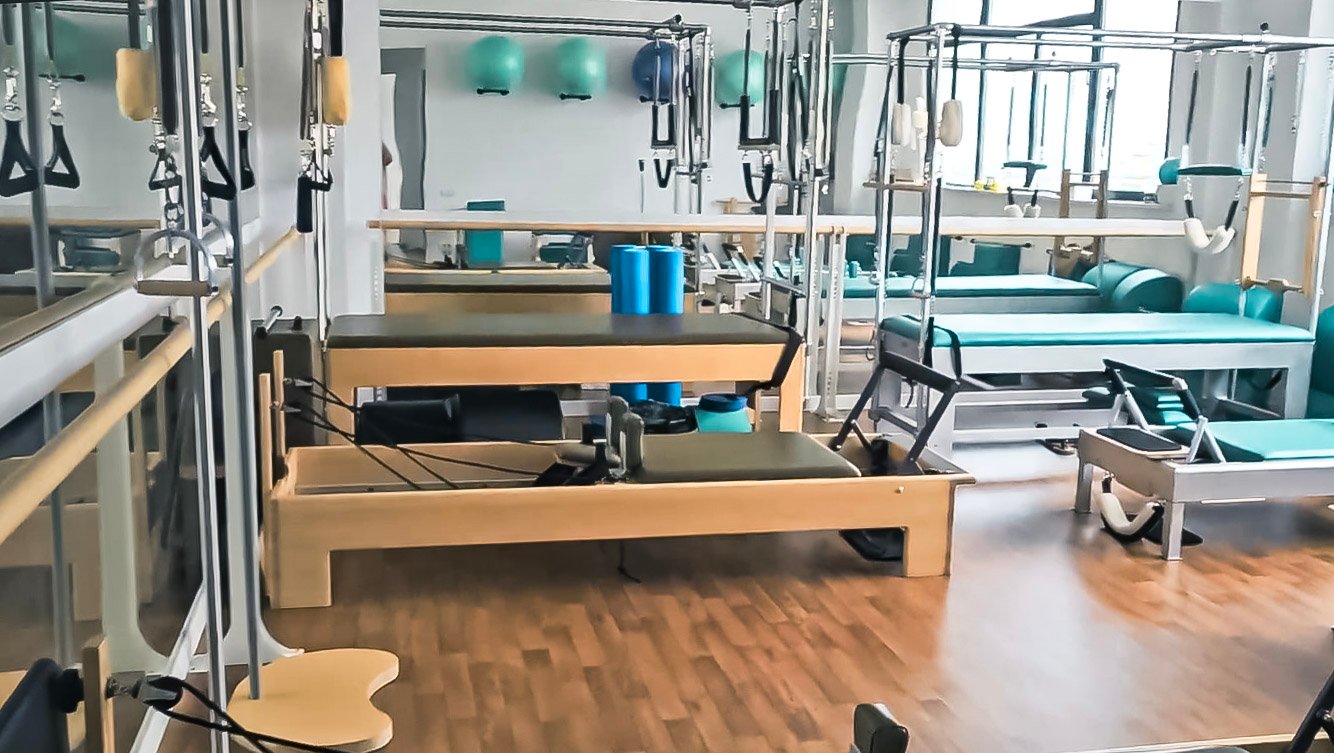

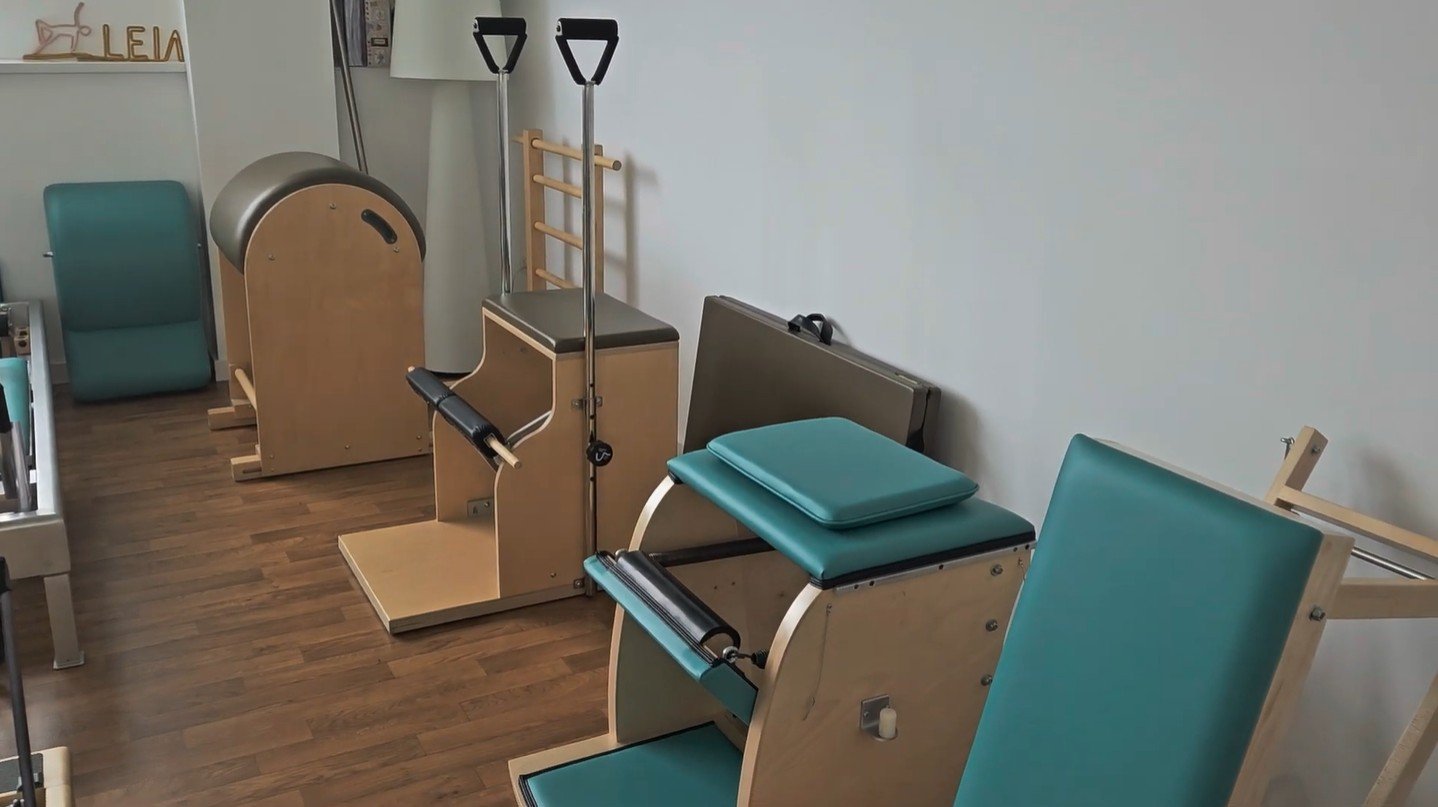
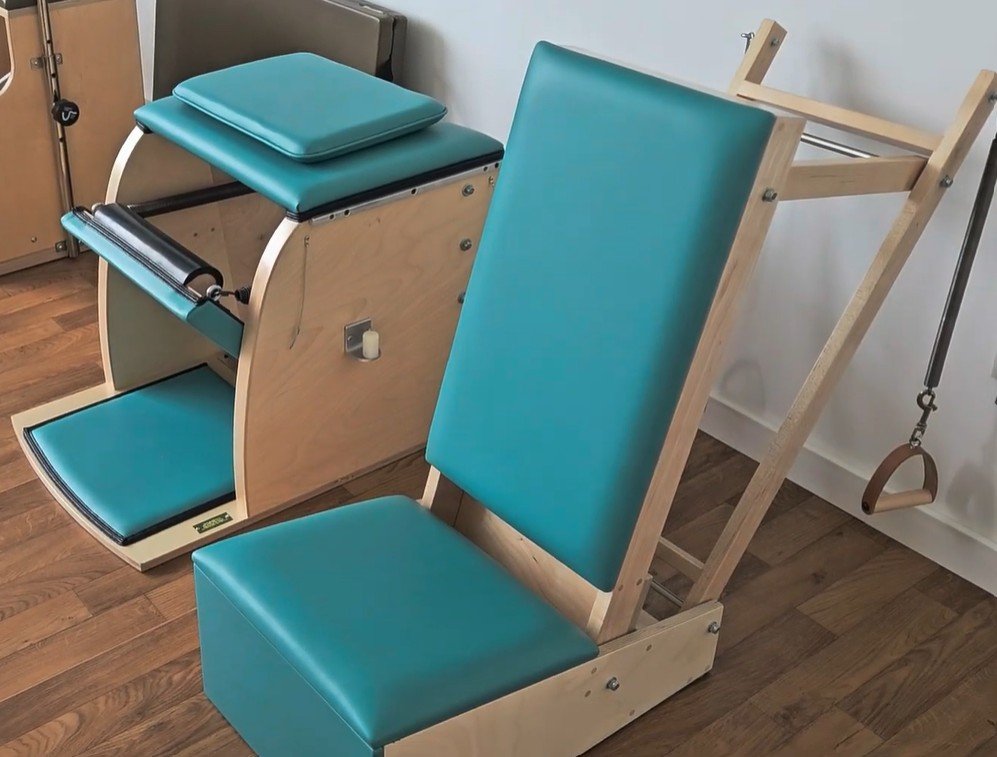
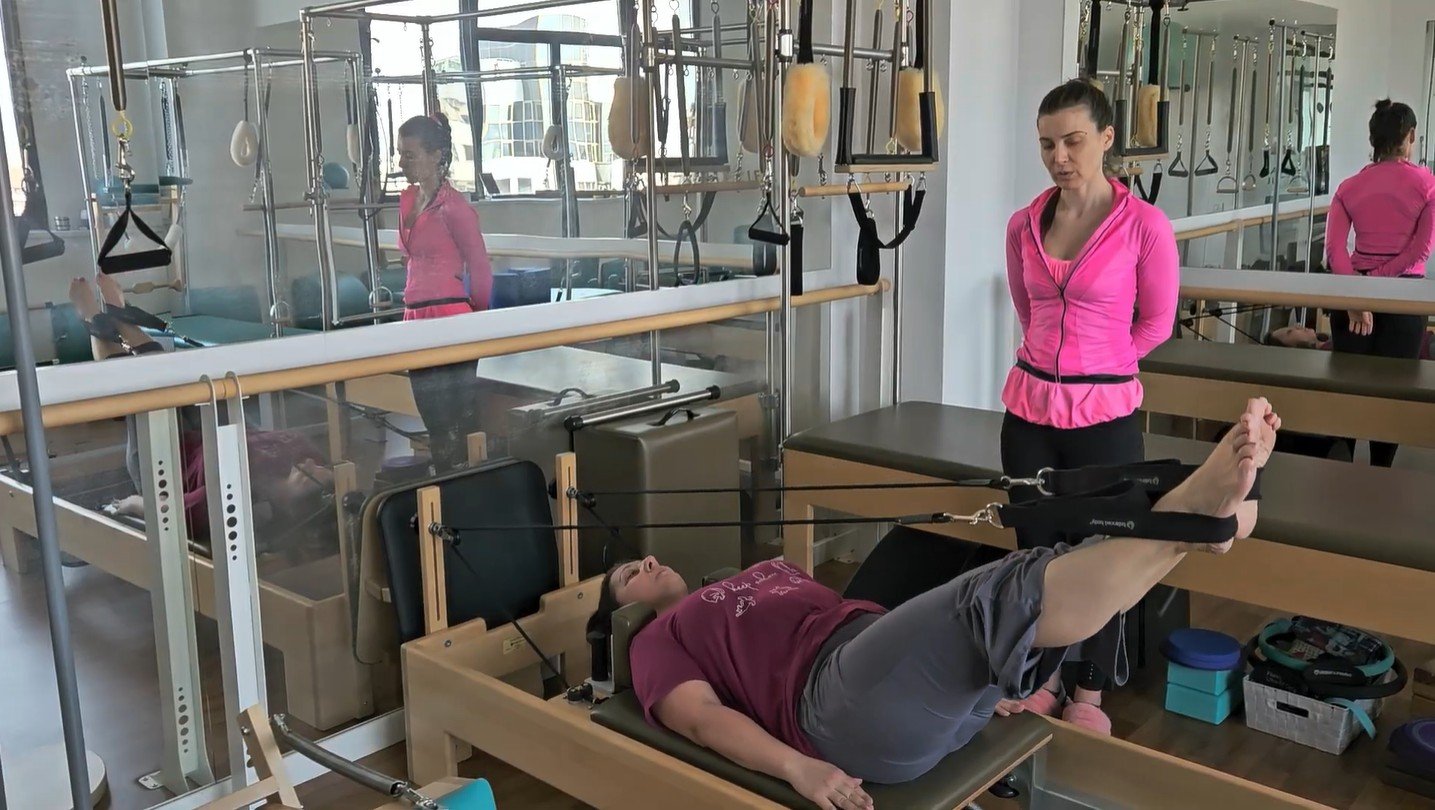



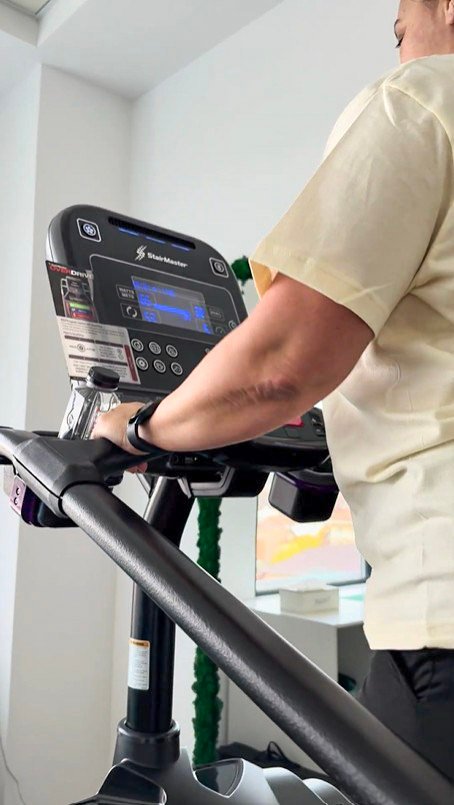

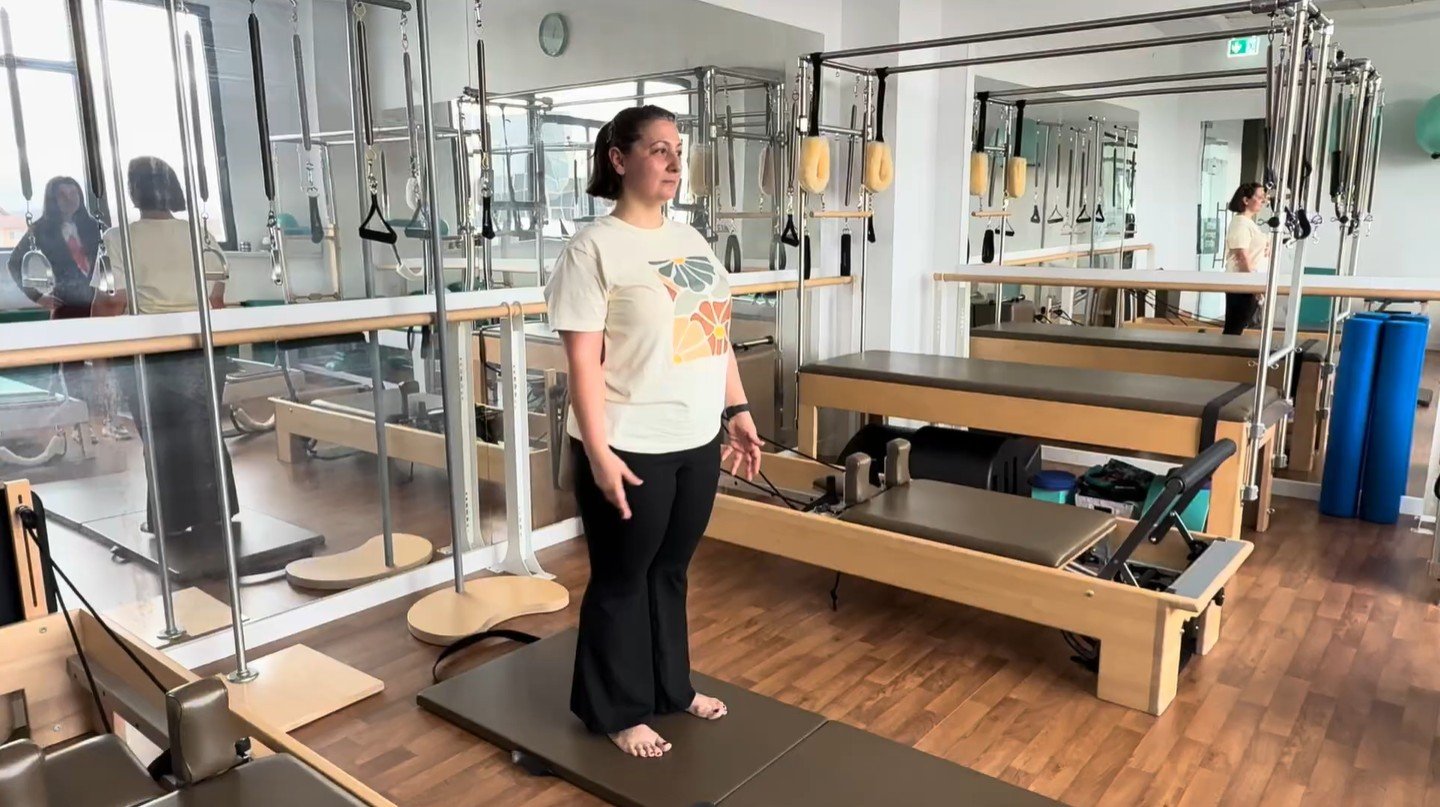

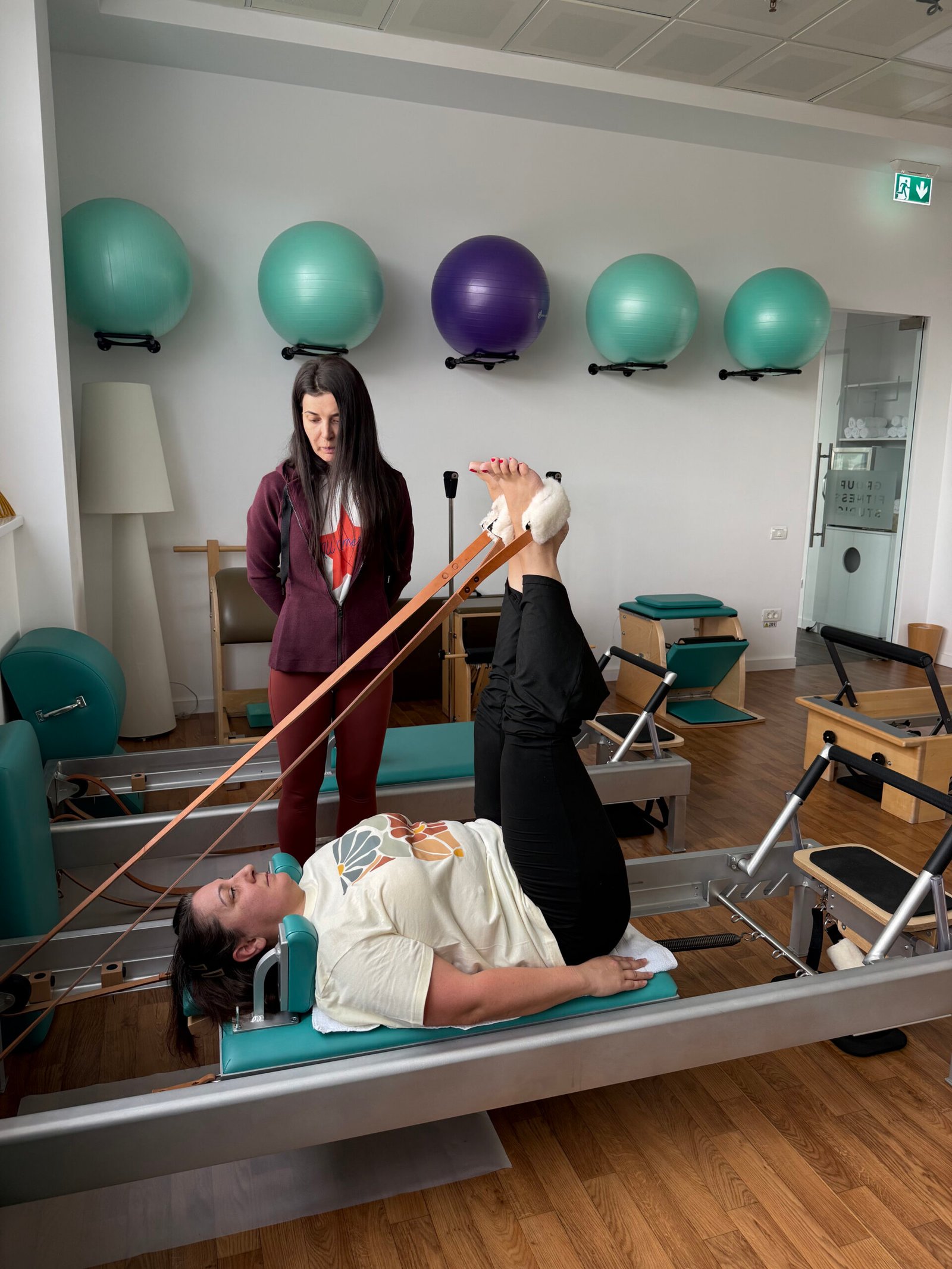
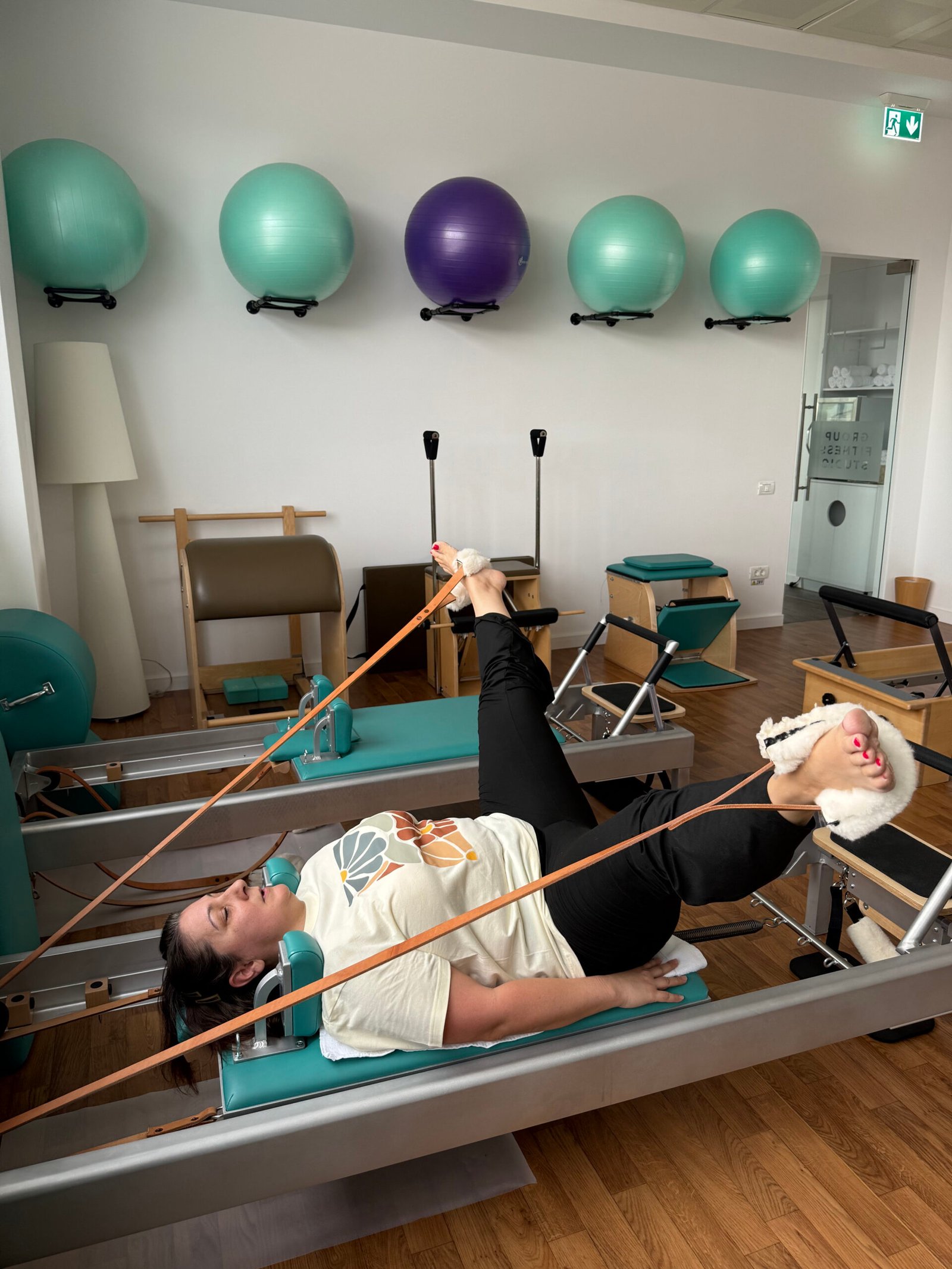

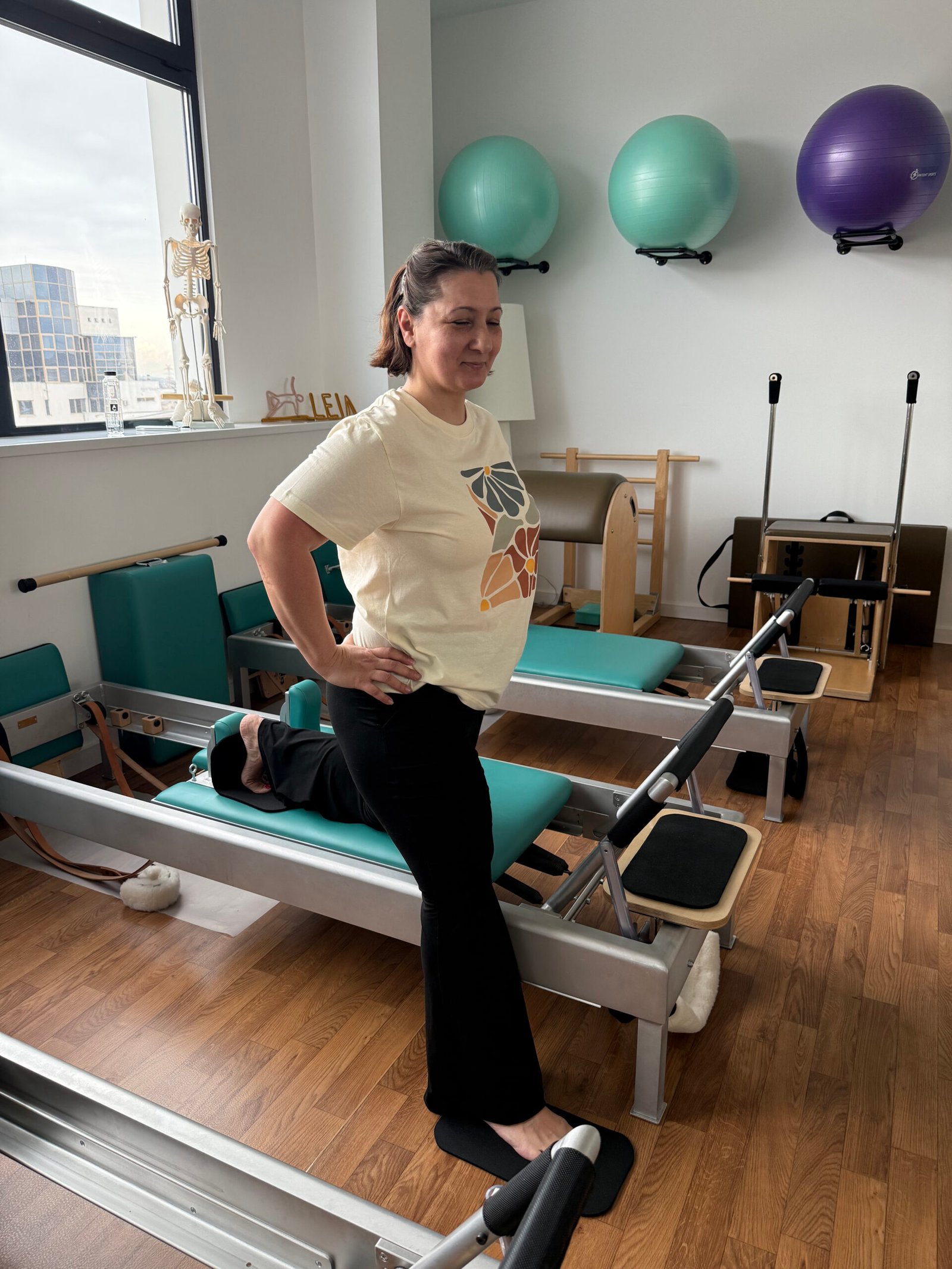

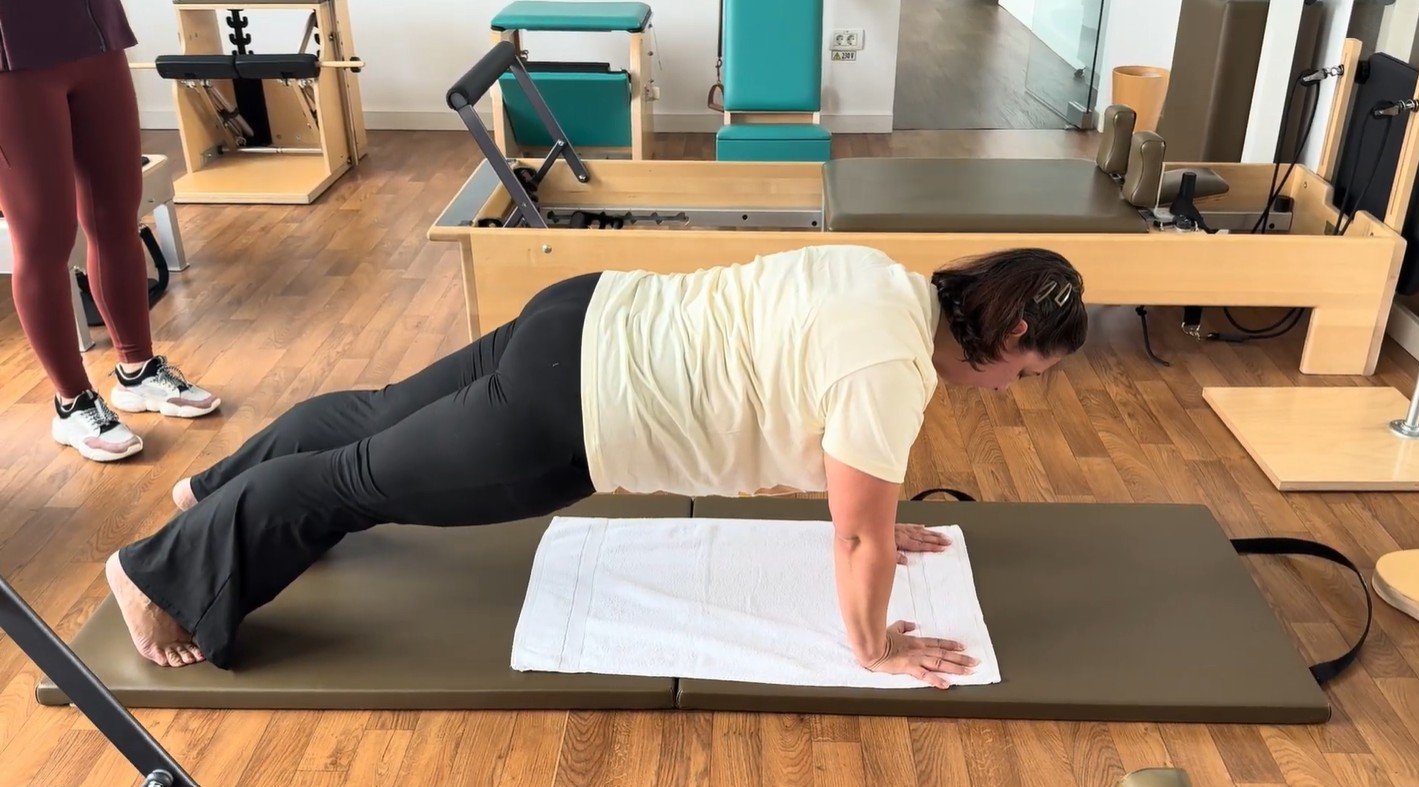
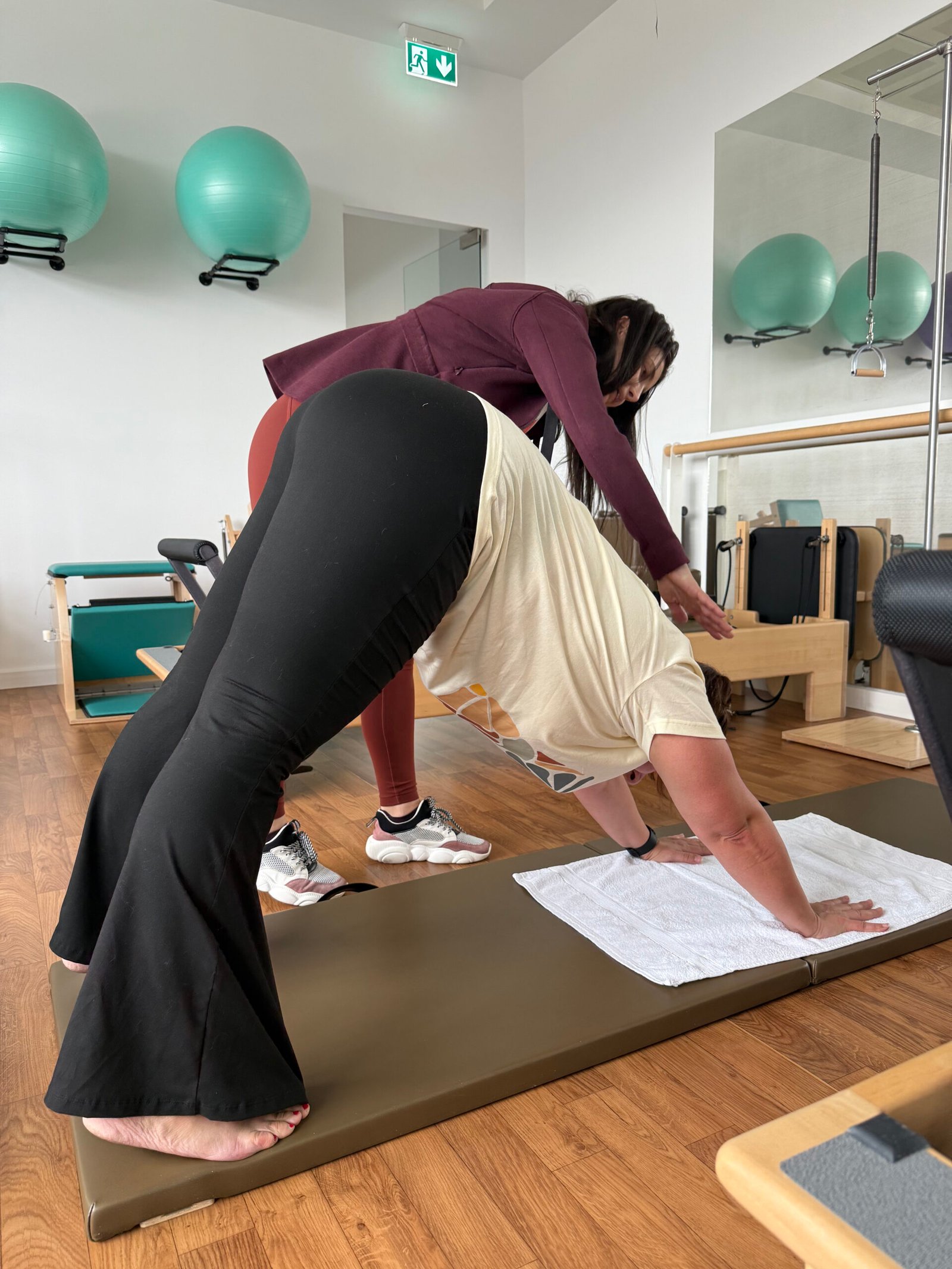
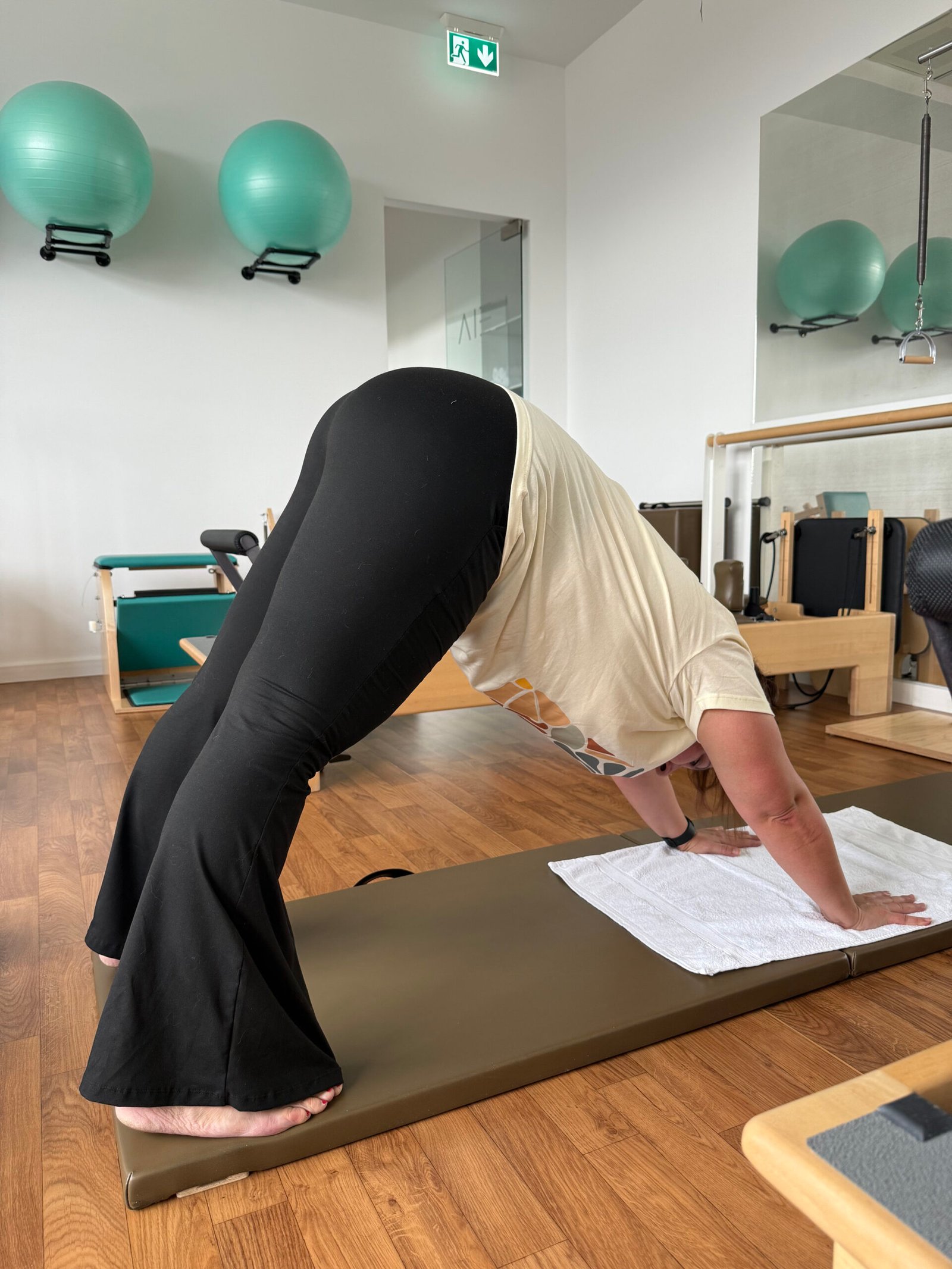
Step 2 - Understanding How to Use Adobe Premier Pro
As I had no previous experience with Adobe Premier Pro (or any other film editing app), first step was to navigate through the very large pool of Hands-on Tutorials made available by the app itself.
I started with the very basics: importing clips, editing the videos (trimming, adjusting colours, speed, etc.), adding clips to a sequence, experimenting with different types of transitions, adding graphics and titles, working with audio settings and adding up soundtrack and voice over.
After exercising with the examples offered by the tutorials themselves, I tried using the respective skills on my own clips prepared for the Preliminary Documentary Task.
Step 3 - Researching About Pilates
Before attending my mom’s classes, I was clueless about Pilates. Hence I needed to make some research about it and summarise it into a script for the documentary. Luckily, the internet abounds in information about all Pilates techniques and variations.
In order to make the script more personal, I kindly asked my mother to explain what were her own reasons for selecting Pilates for her workout. It turned up that Pilates was the stepping stone in recovering from chronic lower back pain (including stiffness or even often blockages). After 1 month of daily Pilates routines she finally got enough strengths to resume other sports she used to enjoy very much (such as tennis, fitness and yoga).
Her story changed completely my perception about Pilates and I decided to present it in my documentary from this perspective, i.e. a tool to recover and regain strength and flexibility.
Step 4 - Developing the Script
Selection of clips
First I watched several times my clips and made a selection, put the selection into a specific order and decided what to trim from each clip.
I made a list in excel with the sequence of the selected clips and the respective trimming boundaries. I calculates 181 seconds of workout clips.
I then wrote the draft script and read it several times timing my reading. I adjusted the draft until I could read it in 175-180 seconds. I recorded myself in order to use the records as voice over for the documentary.
The script for the VO:
Today we are allowed to get a glimpse of my Mom’s Pilates workout at LEIA. My Mom, Irina Rosu, had an inspiring journey in burnout recovery and accepted to share from her experience.
Imagine that you are in your mid ‘40s or ‘50s, trying to recover from burnout.
A new lifestyle is needed which should incorporate physical activity. But stress turned you into an excessive overweight or underweight person with neck or lower back chronical pain providing tremendous limitations in your movements. You may have even experienced some injuries of your joints or spinal cord resulting in further kinetic limitations.
What to do then to get out of this vicious circle?
Pilates workout is one of the most appropriate solutions.
Pilates is a low-impact workout that focuses on core strength, flexibility, posture, and overall body awareness. It is recommended for people of all fitness levels and most importantly it offers both physical and mental benefits. It was developed in the early 20th century by German physical trainer Joseph Pilates as a workout of controlled movements which he referred to as Contrology.
It puts emphasis on alignment, breathing, developing a strong core, and improving coordination and balance.
The core is referred to as the “powerhouse” and consists of the muscles of the abdomen, low back and hips. The powerhouse is thought to be the key to a person’s stability. Keeping it strong is paramount for relieving the back and neck pain.
Pilates can be performed both on a mat or on specialized equipment.
With mat Pilates, people sit or lie with their body weight as the main resistance, using gravity to stabilize their core.
Reformer Pilates uses specialized apparatus, such as Pilates reformer, cadillac, barrel, chair, ped o poll, which are spring-based resistance machines that help support the spine and target different muscle groups. Each apparatus was designed to help accelerate the process of stretching, strengthening, body alignment and increased core strength started by mat work.
If practiced consistently, Pilates improves flexibility, builds strength, and develops control and endurance in the entire body. Very soon you could be ready to incorporate in your daily routine some other complementary sports: weightlifting, yoga, or cardio.
Beginning & ending the documentary:
After finishing the recording, I focused in imagining a proper beginning and ending of the documentary. I decided to use another introductory clip with some text in order to present the location of filming and to introduce the audience to the scope of the documentary (“PILATES – a way of getting back into the game after burnout“). To end the documentary I wanted a text to wrap up the benefits of Pilates workout and a short solution for the ending credits.
Text/ graphics
To introduce the text I needed to decide on the fonts to be used. I wanted to get a modern feel of the text, simple and clean, yet not too generic as Calibri or Times New Roman.
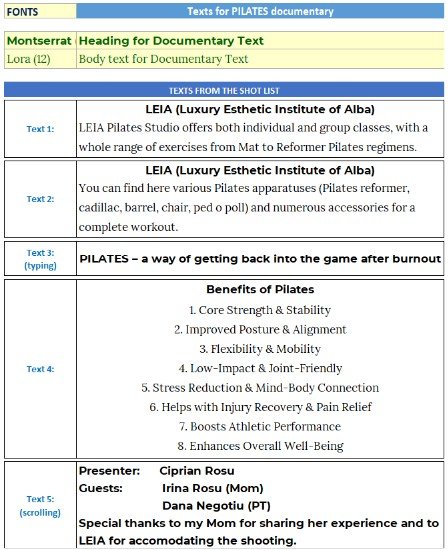
Audio:
Finally I looked up to some music to be added to the audio of the documentary. I chose:
- “Intro” – The xx (I think this is an excellent audio for any documentary opening);
- “Here Comes The Sun” – The Beatles (for the workout display; as Pilates is presented as a tool to recover, I thought a song with positive lyrics would be best).
Shot list:
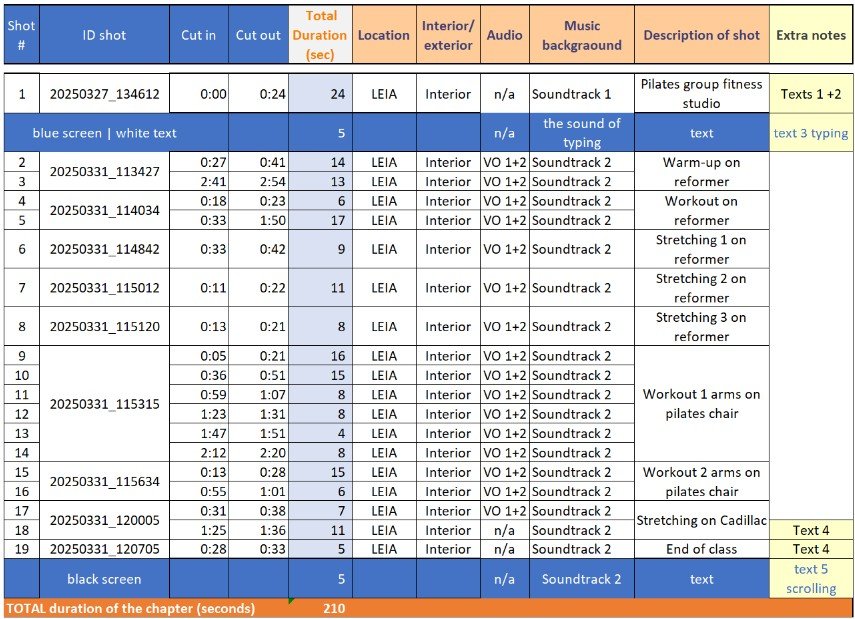
Step 4 - Montage of the film
That was the moment of truth, to see whether I succeeded to own the skills necessary to the montage.
To show in a nutshell the montage process, I assembled screen captions taken from each step into a short video which you can find below:
You can find the final version of the preliminary documentary in my next post.
Step 5 - Minor tasks
Luckily I gained enough experience last year when preparing for my AS media studies tasks.
Therefore, editing a photo for posting on a social media platform and producing a poster for the documentary were not an issue. I am very comfortable in using both Canva and Adobe Lightroom apps.
You can find the deliverables for the preliminary minor tasks in my next post.
